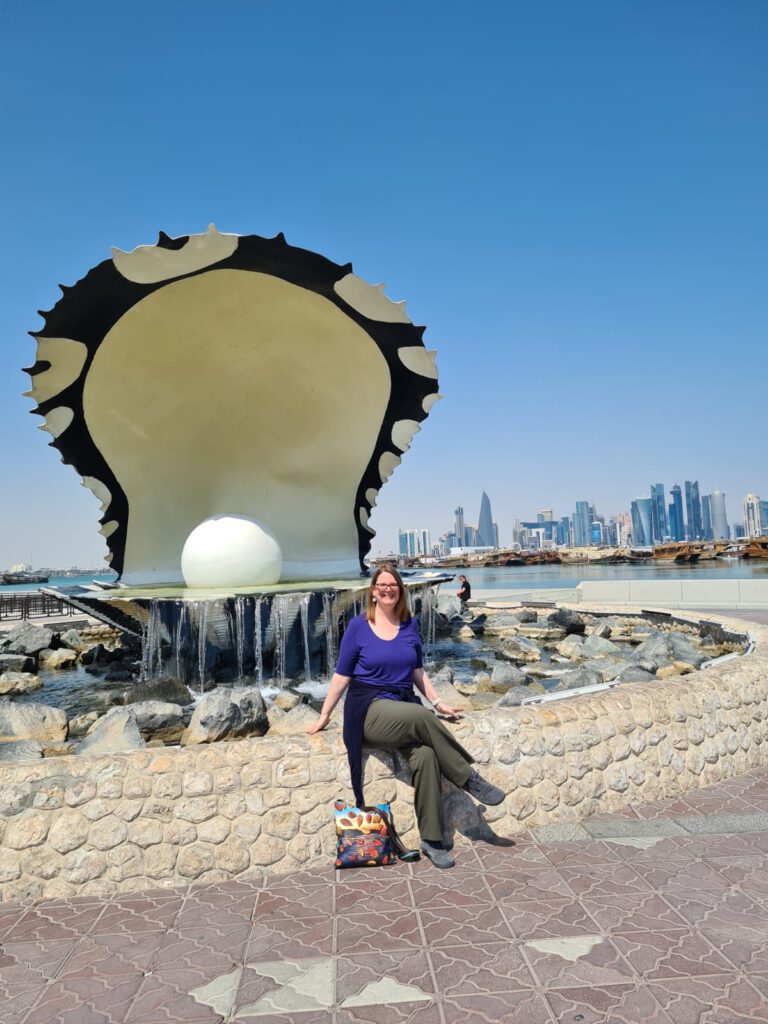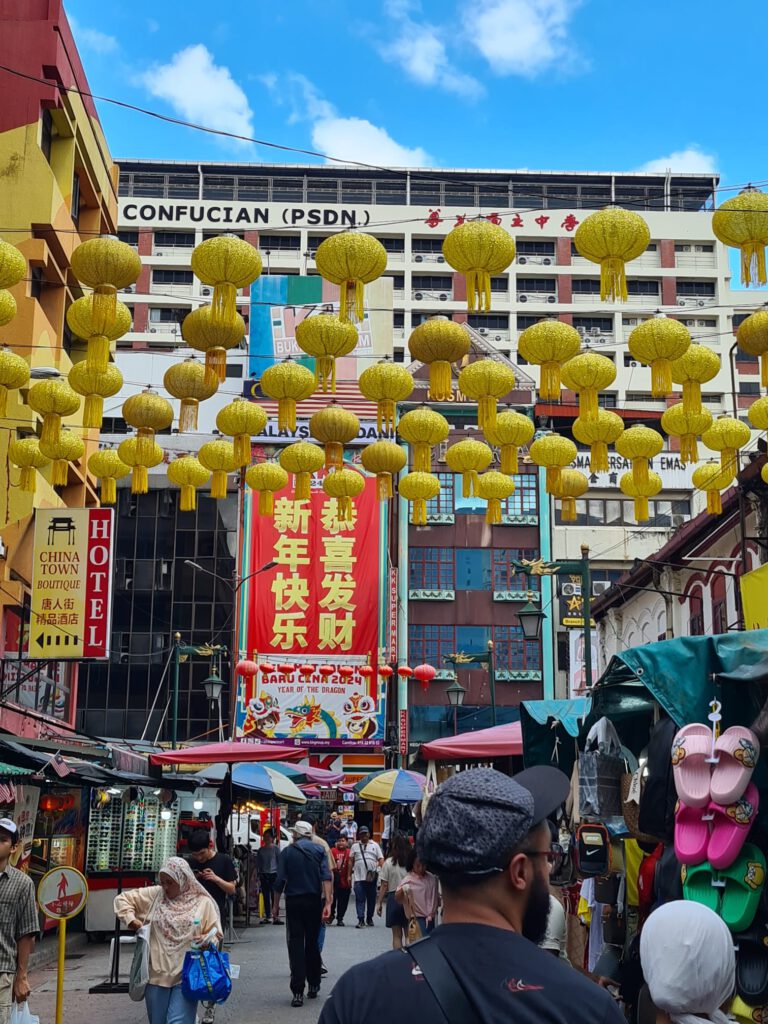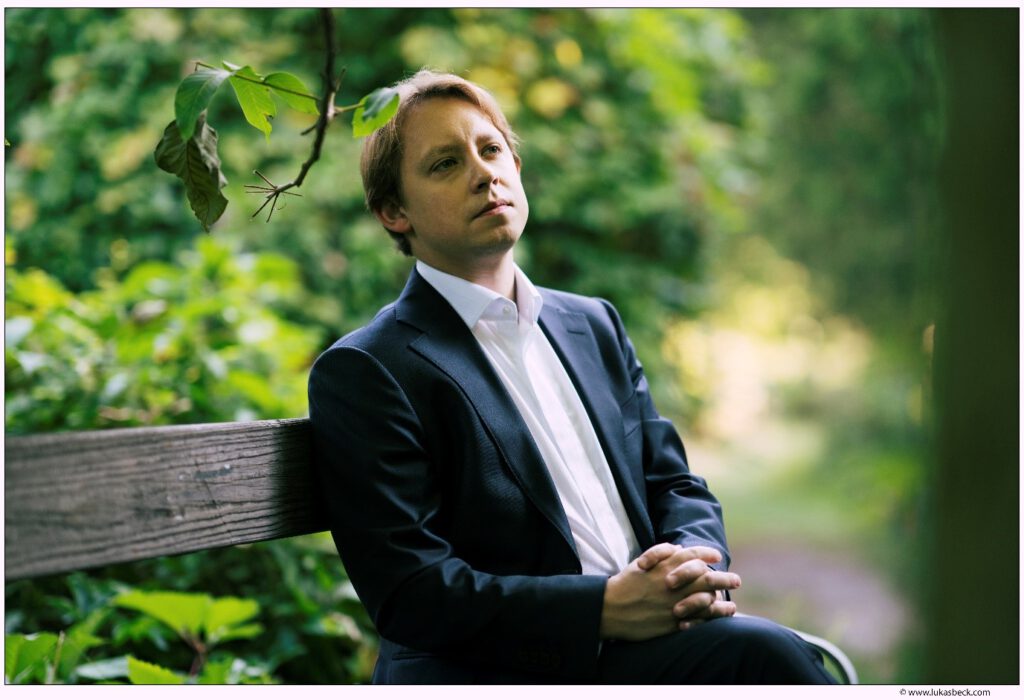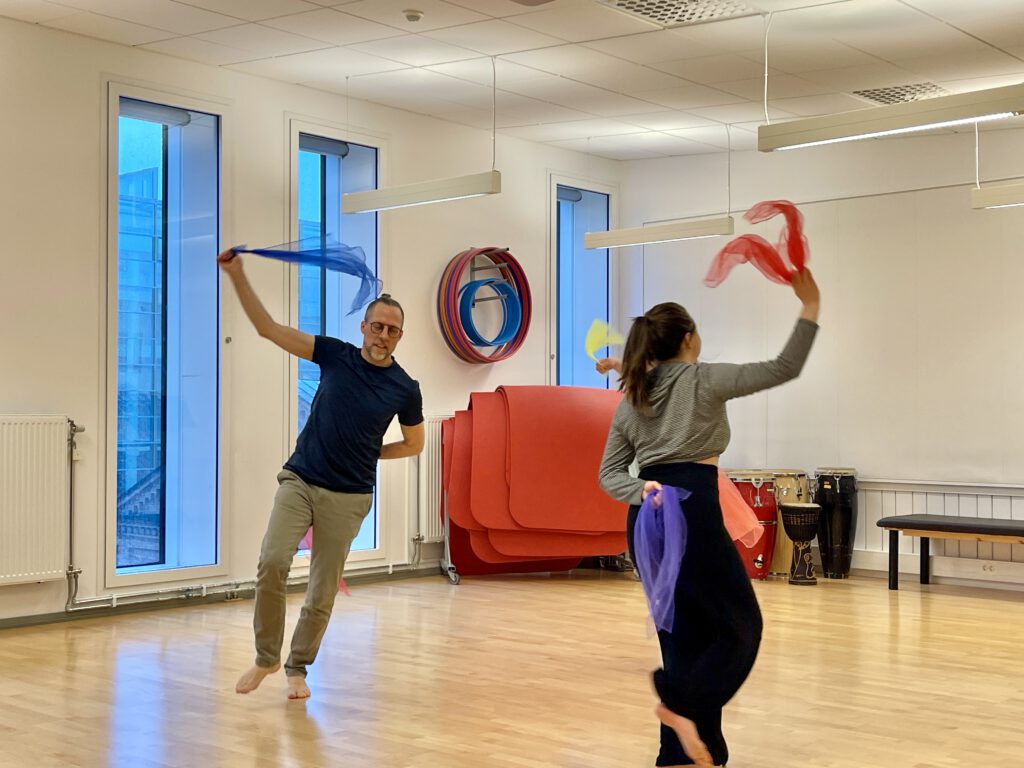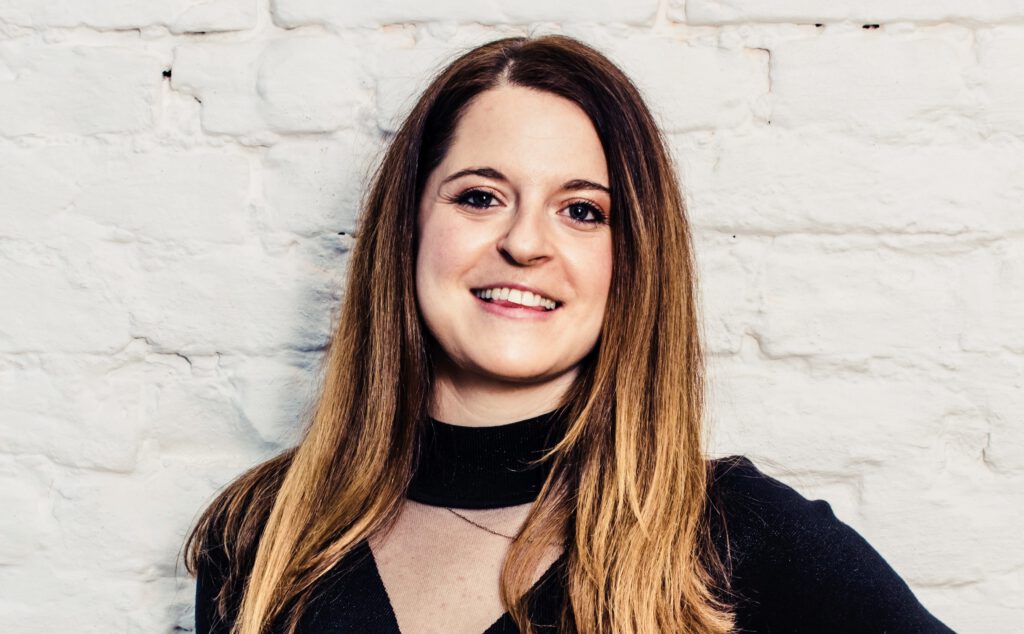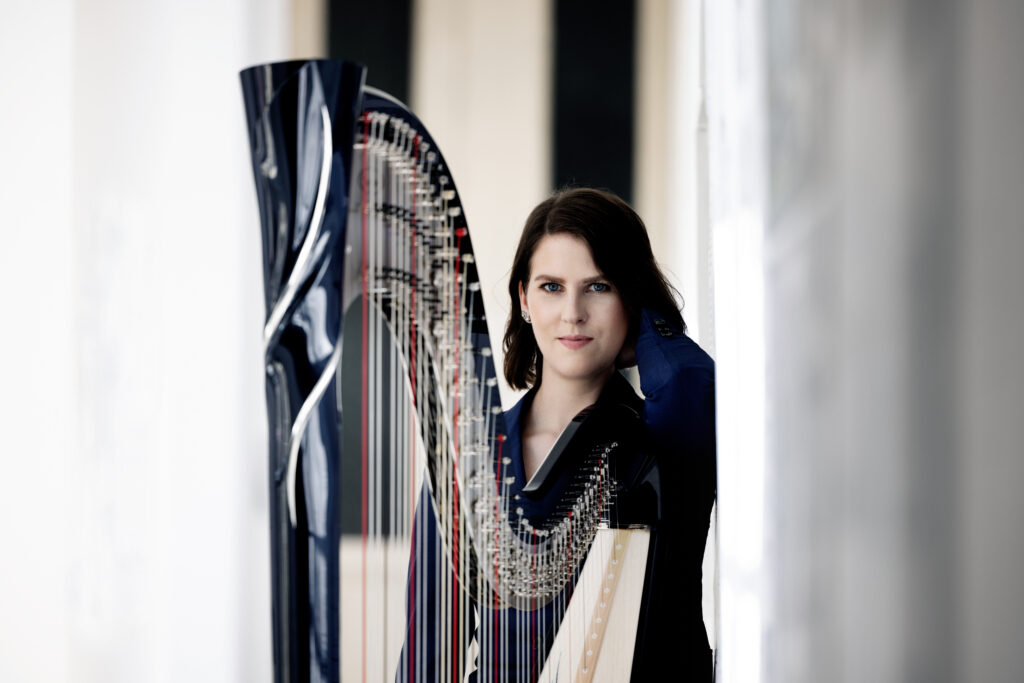Two Winters in Two Hemispheres – My 2019 Erasmus Year
Stellenbosch University in South Africa and the Gnesin Academy of Music in Russia
My last Erasmus experience was quite a while ago: in 1997, I came from the University of Pavia (Italy) to Vienna for two semesters and ended up staying. But that is a separate chapter of my life…
Twenty-two years later: I now research and teach in the mdw’s Department of Musicology and Performance Studies and in 2019 again had the opportunity to experience life and work at other universities as part of the Erasmus+ programme – namely two in the same year! In July, I visited the southern and in November the northern hemisphere, thus encountering winter twice.
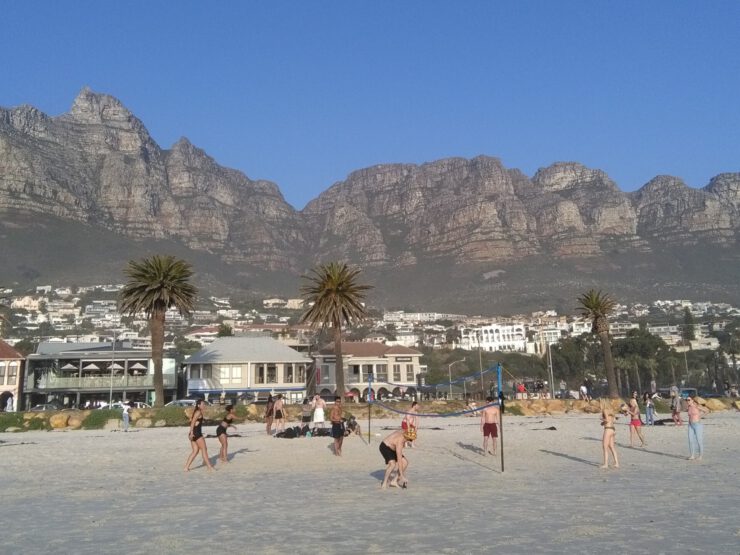
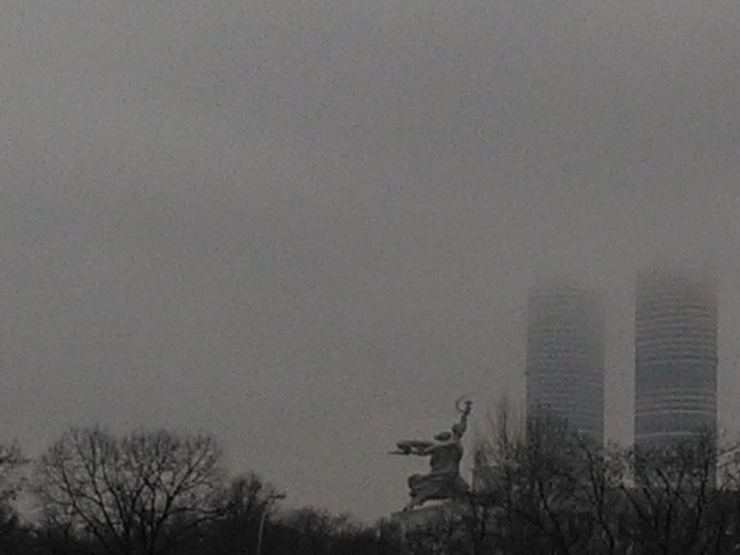
The pictures here show that the South African winter (a lot of wind and rain) and the Russian one with its darkness and bleak colours do not really resemble each other. In Cape Town, the people lingered on the beach waiting for sunset and playing volleyball. Unfortunately, Moscow did not yet have any snow (but no sun, either), and all of the locals were amazed about the unseasonal mildness of the weather. Many Muscovites still went strolling along the city’s broad and splendid boulevards, however, wearing the typical fur hats.
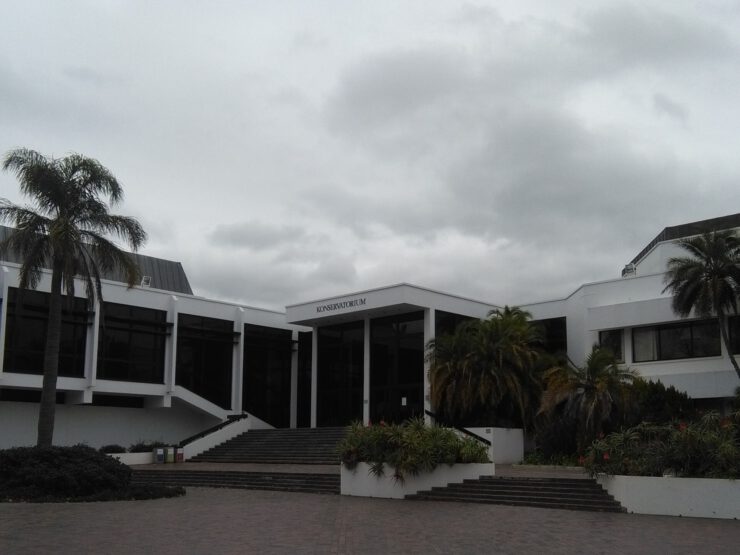

It is not just the winter that distinguishes South Africa from Russia: the academic structures and systems with which I was confronted in the two week-long exchange programmes in these two countries were also very different (different both from each other and from our university here in Vienna). The dimensions are much smaller (with regard to the number of students as well as teachers), and the research topics – due to the respective cultures and canons – are also completely different. I was able to gain insights into teaching and research cultures that were unfamiliar to me, had the chance to get to explore new repertoires, and benefited greatly on an intellectual level as well (although one week is simply not enough time). I would thus like to express my belated but heartfelt appreciation to all of the communicative and inquisitive colleagues and students who helped and accompanied me along the way.
The idea of applying for an exchange programme with South Africa was not least the result of my existing contacts with musicologists (such as Mareli Stolp) and musicians (like Jill Richards) from this country. Mareli wrote a chapter on the teaching of music history for the recently published book ANKLAENGE 2018. Die Musikgeschichte des 20. und 21. Jahrhunderts im universitären Unterricht – The Teaching of Twentieth- and Twenty-First-Century Music History at Universities and Conservatories of Music, which I co-edited. Building on this, in my teaching in South Africa I wanted to explore this topic in greater depth; I introduced the book project and analysed and discussed several parts of the book with colleagues and students.
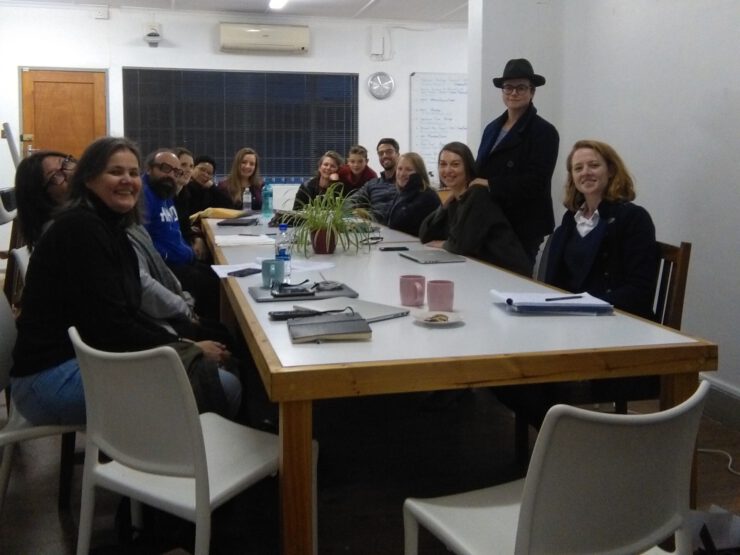
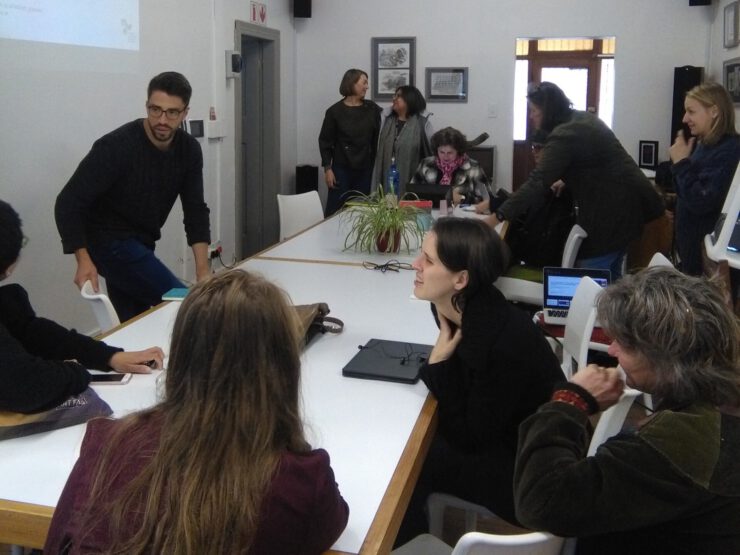
In addition, I sat in on lectures, including one by the Ghana-born musicologist Kofi Agawu, who teaches at Princeton and was in Stellenbosch at the same time I was. I found his lecture on “African Art Music” very interesting, for example, especially his collaboration with composition students: at the end of his lecture, compositions by two students were presented that addressed the lecture topic, “What is African Art Music Supposed to Be?”
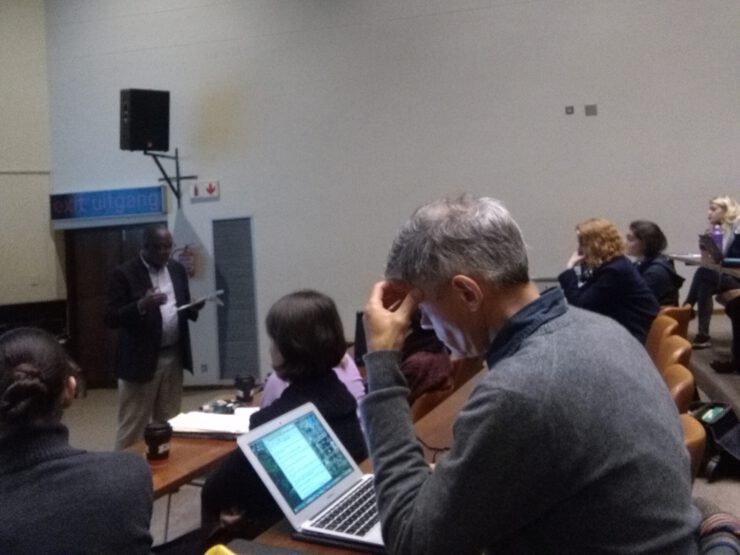
I spent most my stay, however, with my “continuing education” in the university’s libraries and archives. I was primarily searching for scores by South African composers of the twentieth and twenty-first centuries in order to present them in Vienna in my music-history lectures and seminars, because with very few exceptions, composers from the African continent are unknown in Vienna. I was very impressed by my visits to the “Hidden Years Music Archive”, a one-of-a-kind institution that – building on the collection of the musician, sound engineer, and music producer David Marks – documents, collects, analyses, and digitises alternative and repressed music from the period of apartheid in South Africa and presents it to the public.
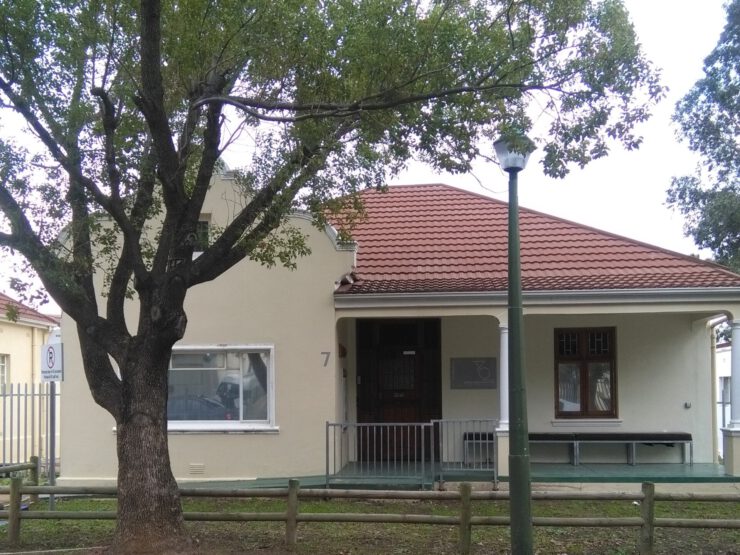
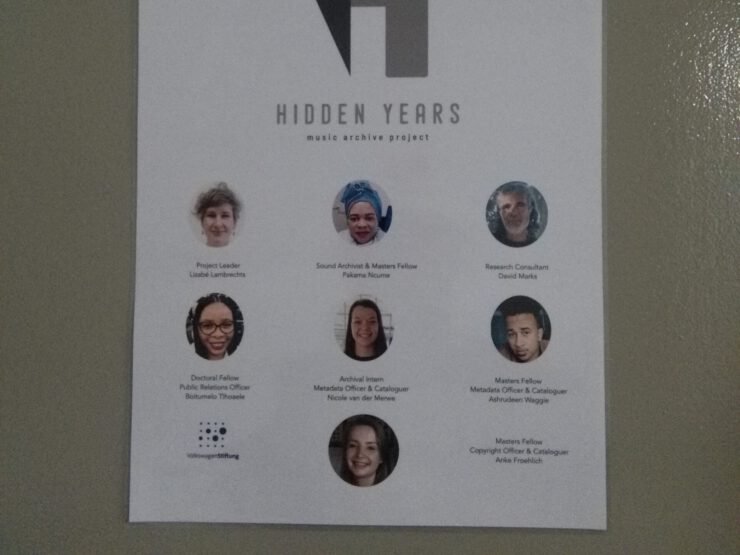
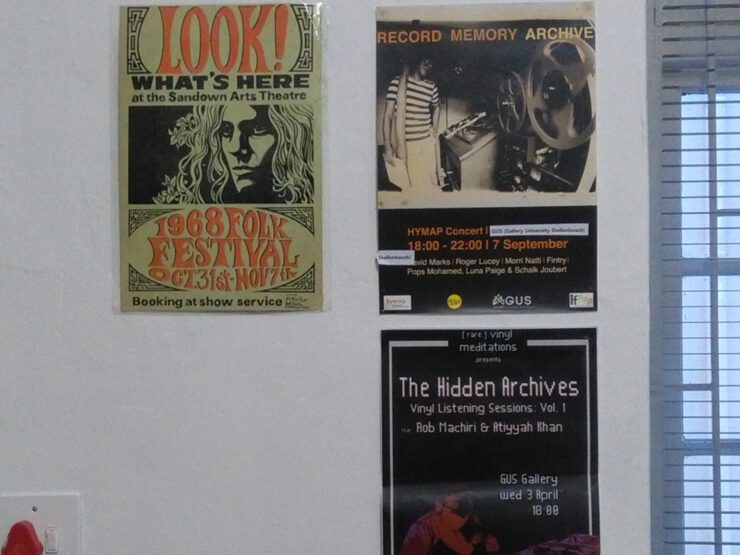
Impressions of South Africa (apart from the academic aspect)
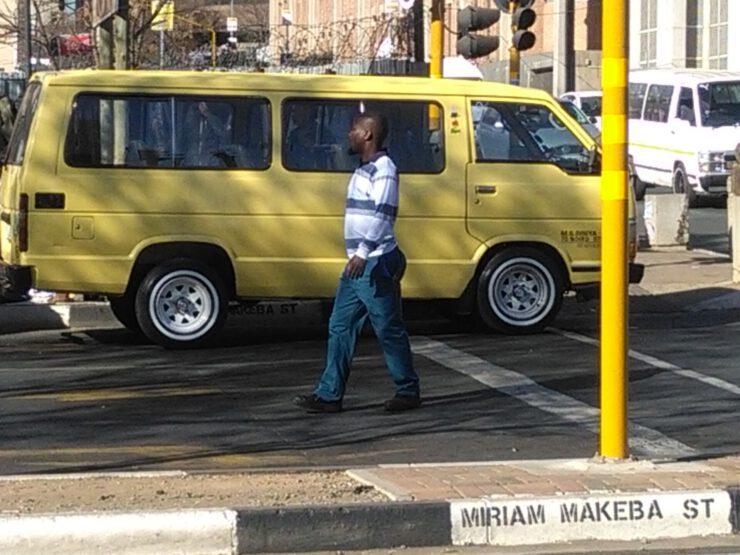
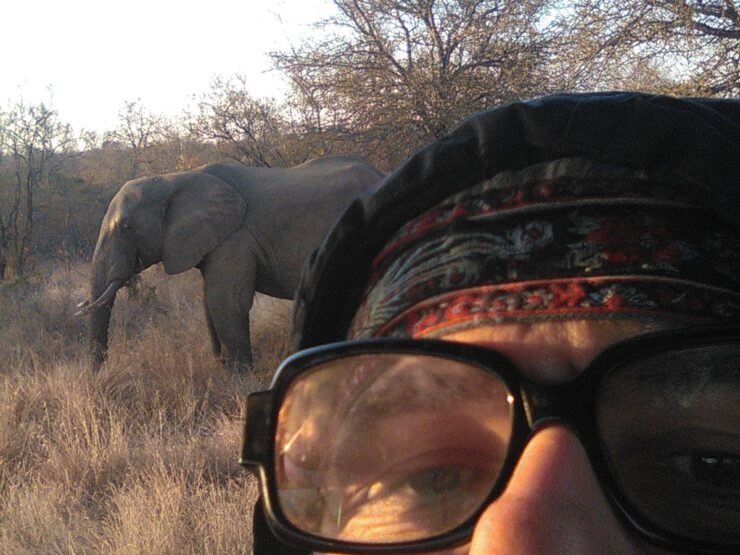
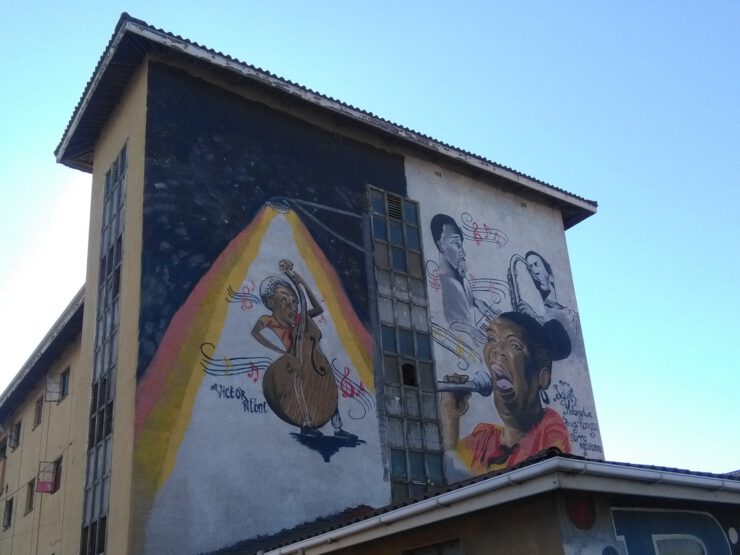
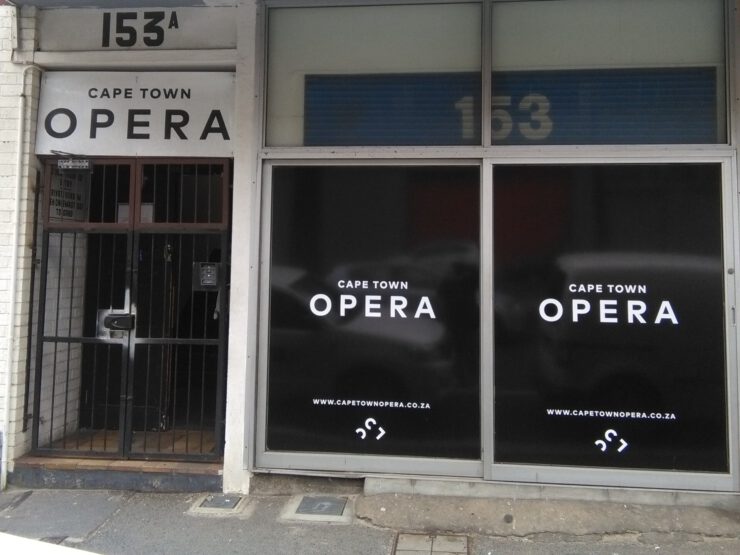
The impetus for my stay in Moscow was, among other things, my participation in the international conference “Opera in Musical Theater: History and Present Time”, which was held in mid-November at the Gnesin Academy of Music.
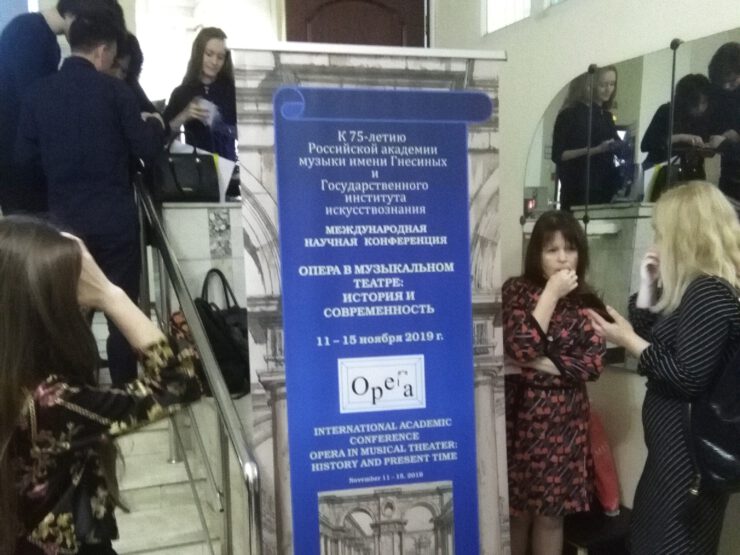
My lecture, titled “Opera translation(s) documenting conflicts of ‘musical cultures’”,was scheduled for the very first day of the conference. I wanted very much to gather other experiences at Moscow institutions. I thus made sufficient time in the following days to complete my Erasmus+ programme, aside from the lectures at the conference, in the form of continuing-education activities and teaching. I also attended lectures in order to find out how educational strategies work in Russia, but thanks to having Italian as my native language, I was put to work immediately as a co-lecturer in an “Italian for Singers” seminar. I delivered my own lecture on “Current Austrian Scenes of New Music”, which was attended by some twenty interested students from the musicology, music journalism, and music education programmes.
My teaching in Moscow
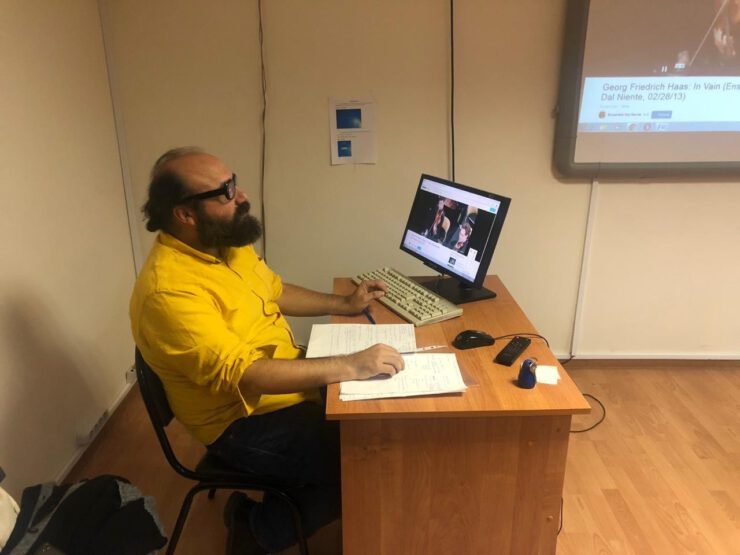
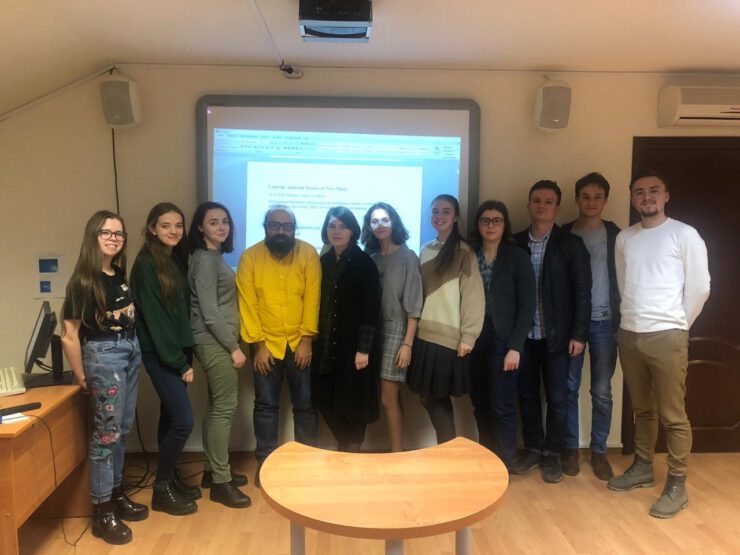
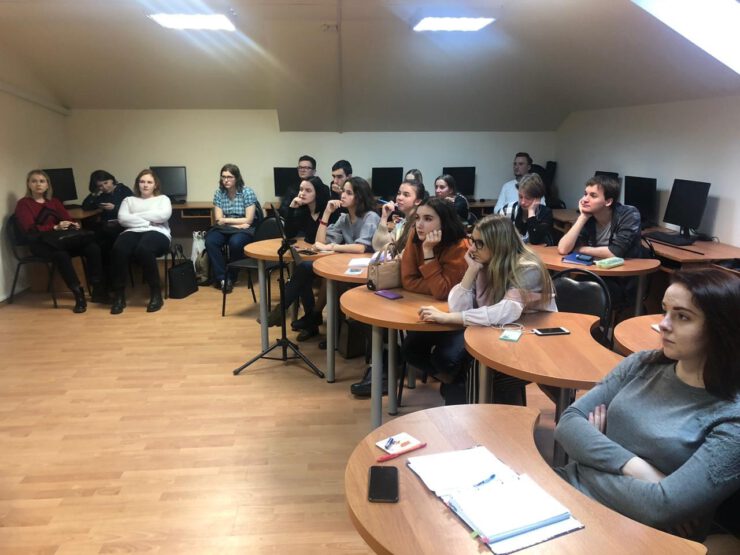
The curiosity and engagement of the students at the Gnesin Academy constantly impressed and surprised me throughout my stay there. They were involved in the Academy’s research activities, such as the previously mentioned conference, and eagerly saw to the organisation of the event and to the needs of guests and instructors.
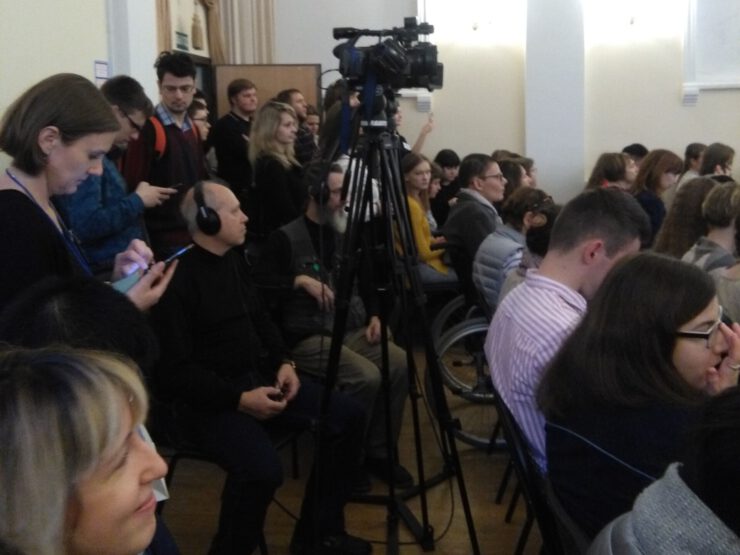
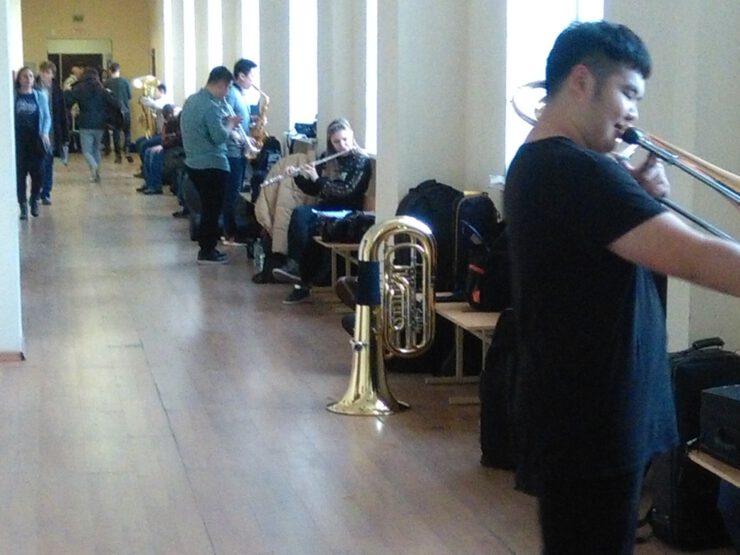
There is evidence everywhere that this Moscow institution is very proud of its alumni and instructors: a plaque of Valery Mikhaylovich Khalilov (1952–2016) – former director of the Russian military band, famous as the conductor of the mass concerts by the Russian military bands at the annual parade on 9 May (Victory Day) on Moscow’s Red Square, and instructor at the Gnesin Academy – graces the main entrance to the school.
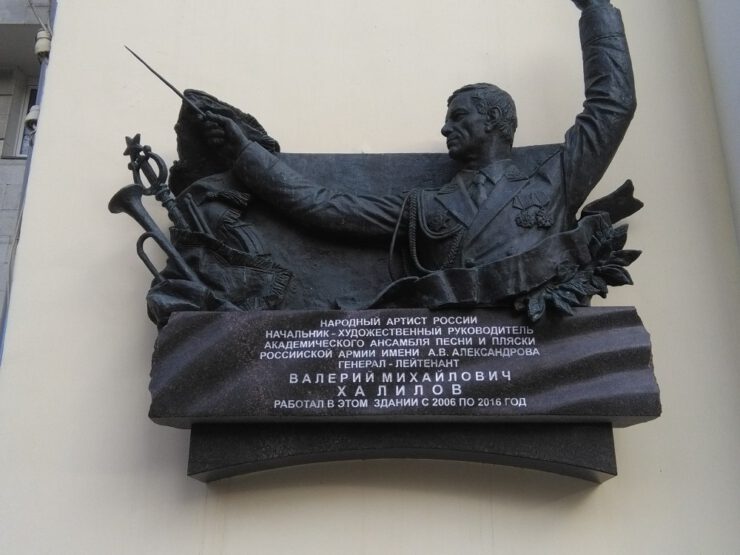
Metal plaques are the customary method here of indicating what instructors taught in what rooms. The door (and doorplate) of the classroom in which Aram Khachaturian taught, for example, can be seen in this photograph:
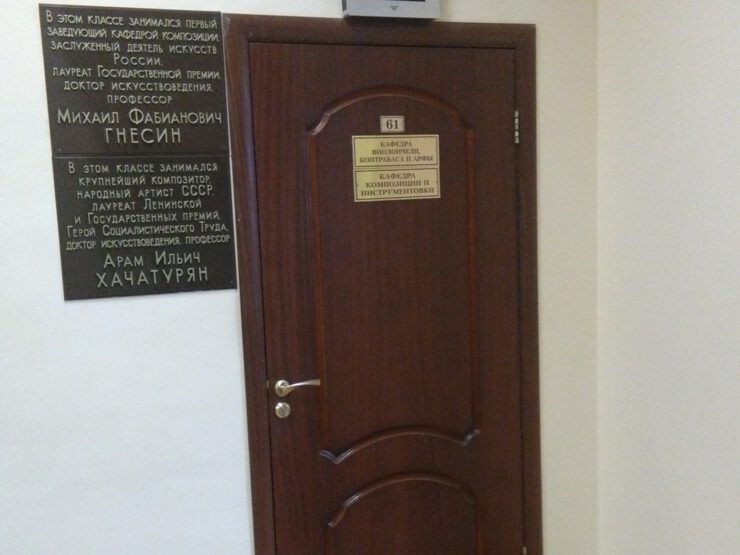
Expressive black-and-white photos of former teachers and students hang everywhere in the staircases and recall the cultural tradition of the Academy.
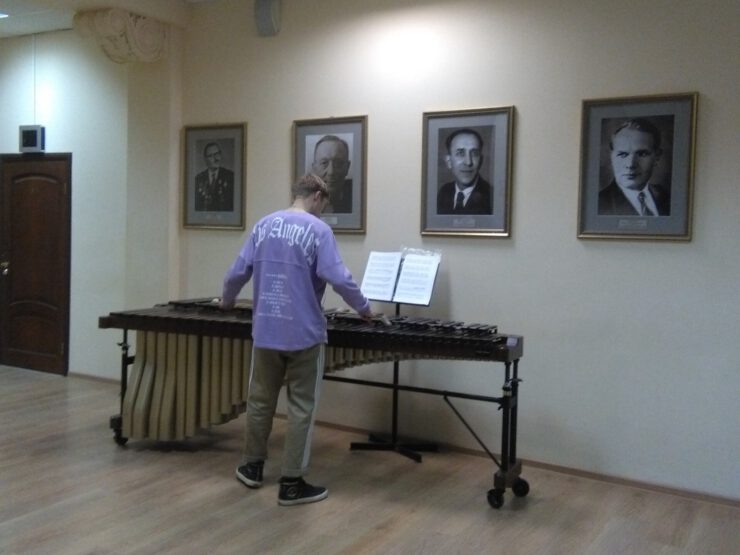
Impressions of Moscow (apart from the academic aspect)
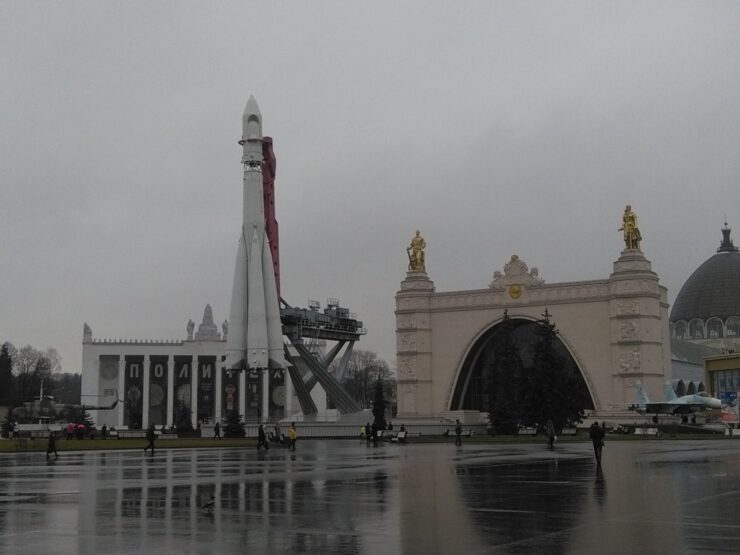
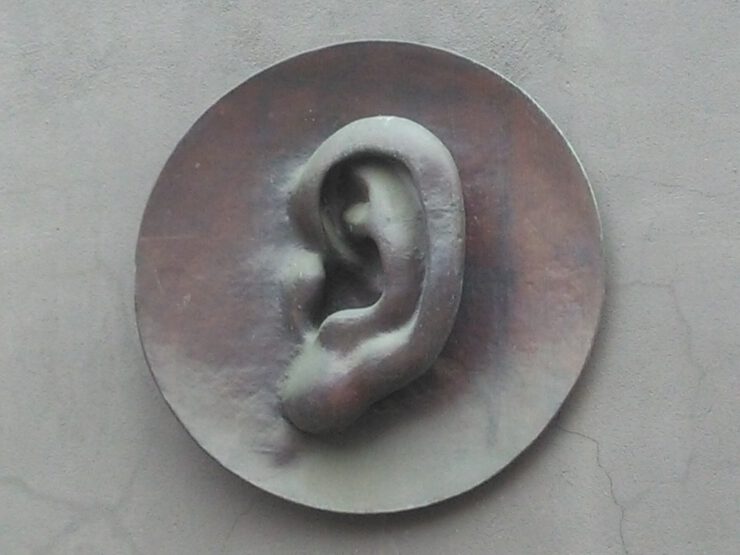
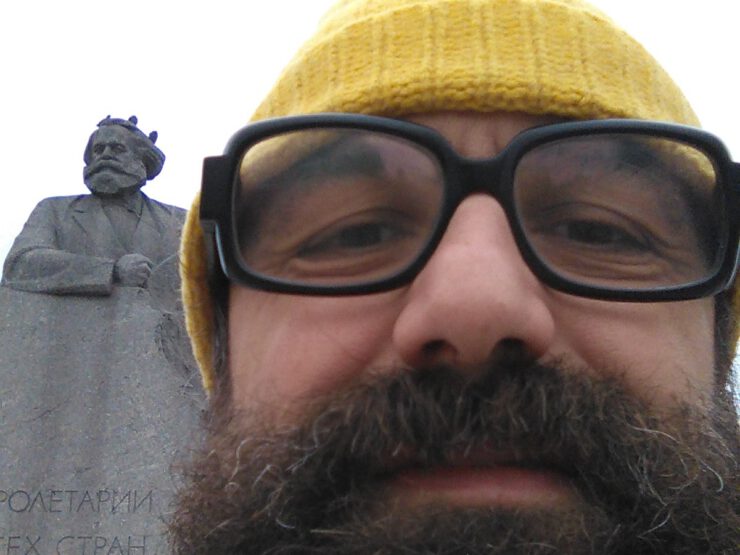
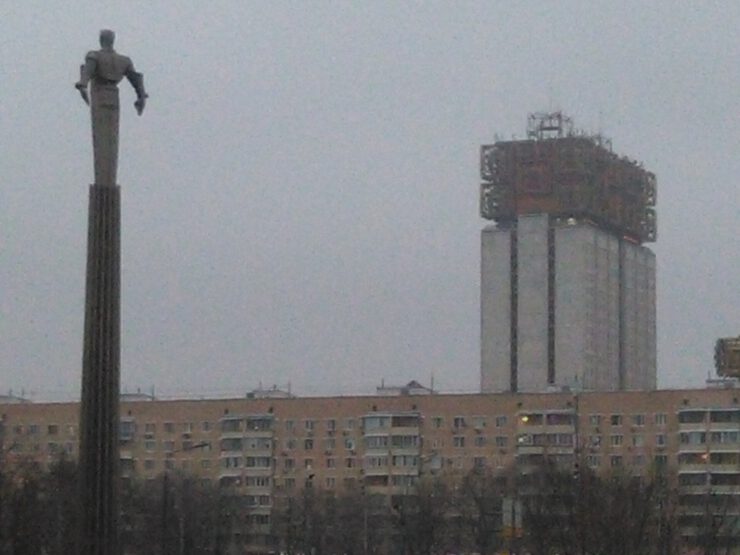
I recommend to all colleagues that they consider an Erasmus+ stay abroad and hope that in the future that I, as well, can again participate in an exchange programme with universities abroad as part of this programme.
Are you a mdw teacher and interested in teaching in one of our partner institutions outside Europe?

